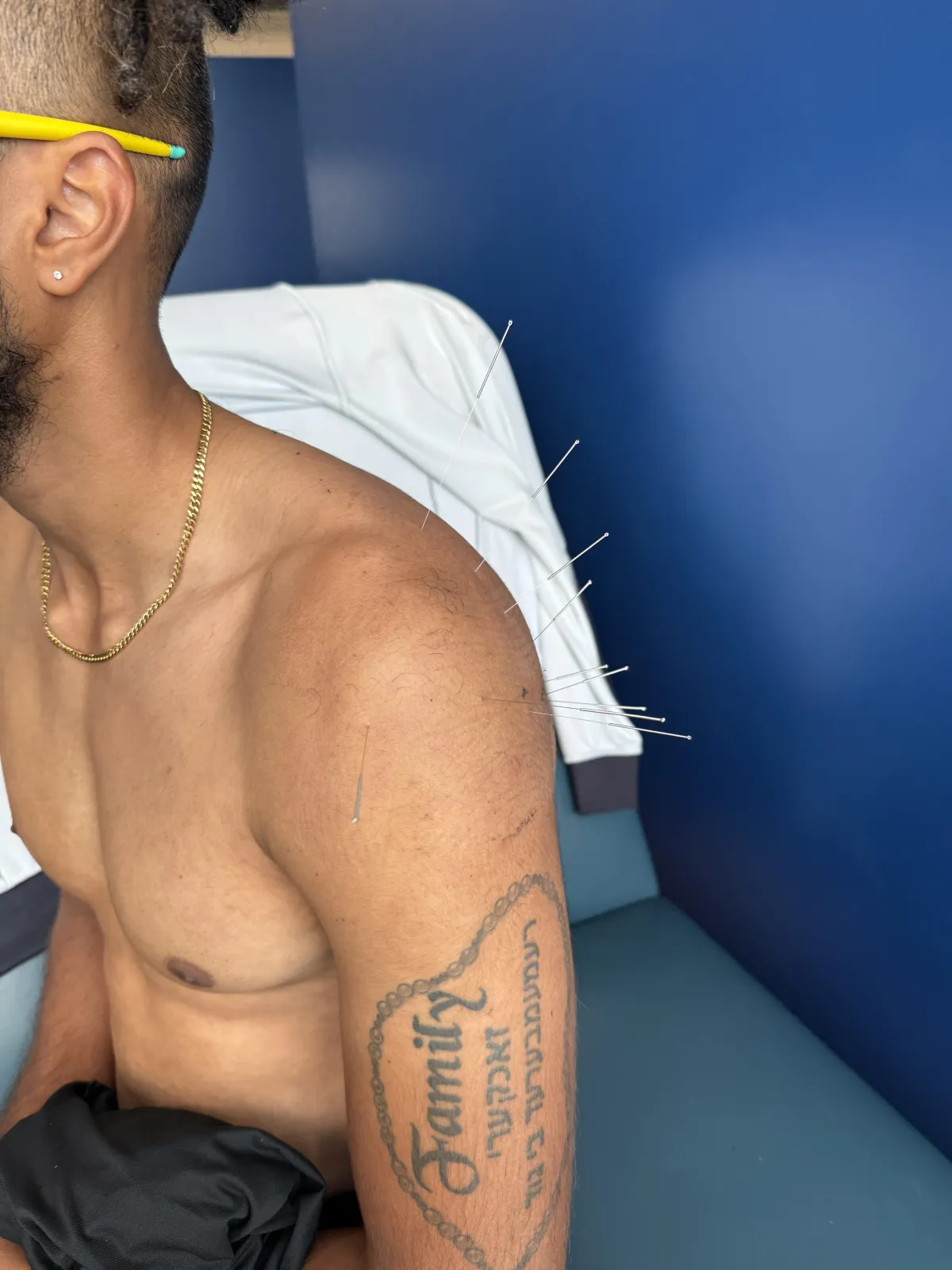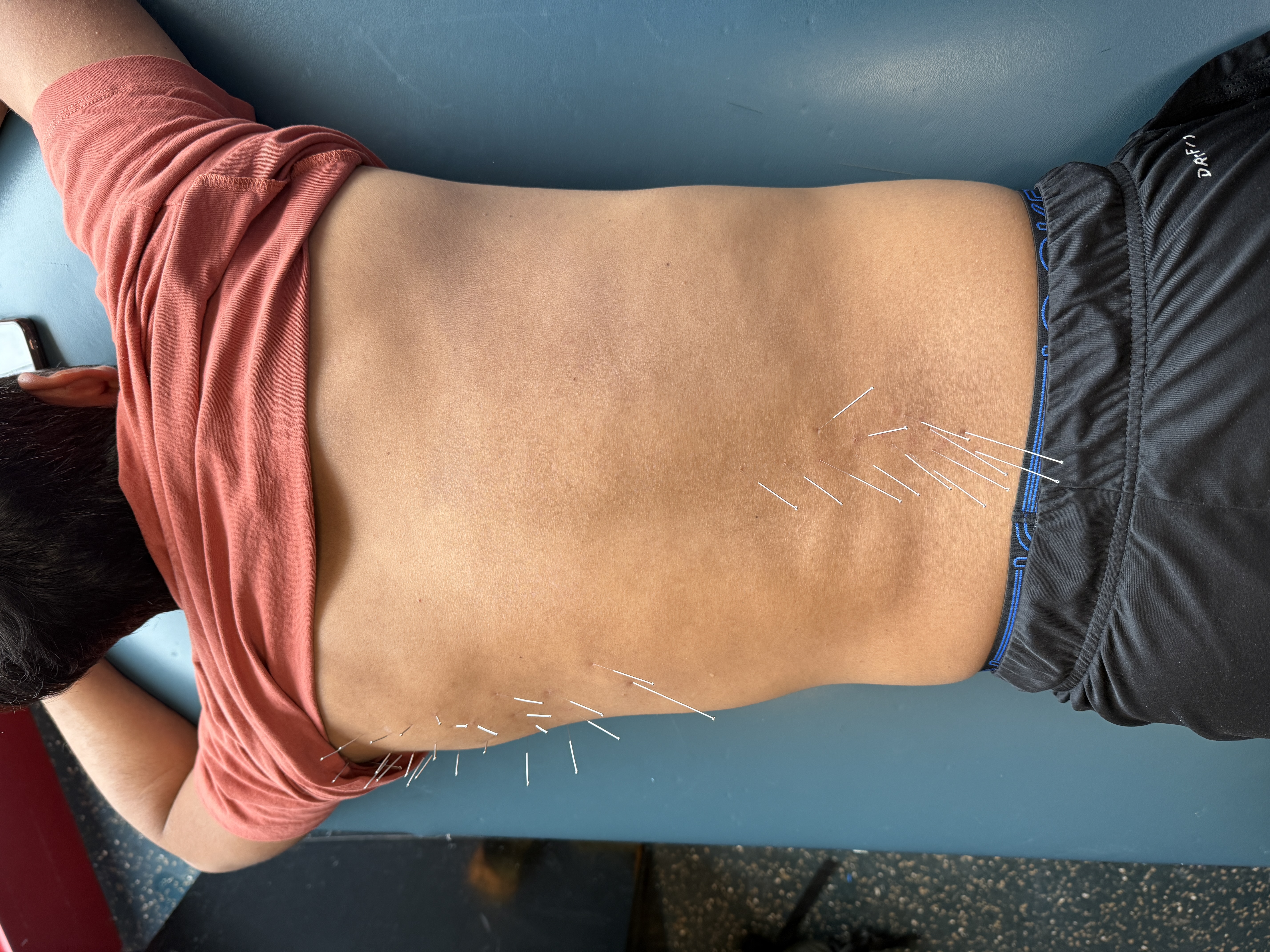
Dry Needling in Physical Therapy
Dry Needling in Physical Therapy: How It Works & Who Can Benefit
If you’ve ever dealt with stubborn muscle knots, nagging pain, or that stiff, can’t move freely feeling, you might have heard someone mention dry needling. It’s becoming a popular treatment in physical therapy — and for good reason. Many people find it helps release tension, improve movement, and speed up recovery. But what exactly is it, and is it right for you? Let’s break it down.
What is Dry Needling?
Dry needling is a physical therapy technique that uses thin, sterile needles to target trigger points, those tight, tender spots in your muscles that can cause pain or limit movement.
It’s different from acupuncture. While acupuncture is based on traditional Chinese medicine, dry needling is rooted in modern anatomy and science. When the needle goes into a trigger point, it can help “reset” the muscle, release tension, and improve blood flow, all of which can ease pain and restore function.
How Does Dry Needling Work?
Think of dry needling as a way to wake up tired, overworked muscles and get them functioning normally again. Here’s what happens during a session:
Finding the tight spot – Your therapist identifies where the muscle is knotted or tense.
Placing the needle – A fine, sterile needle is inserted directly into the trigger point.
Muscle reaction – You might feel a quick twitch or small cramp — a good sign that the muscle is releasing.
Relief & recovery – With the tension gone, blood flow improves, pain decreases, and movement becomes easier.

Benefits of Dry Needling
Dry needling can help with a variety of issues, including:
Ongoing muscle pain
Sports-related injuries
Neck and back pain
Headaches and migraines
Tendonitis
Post-surgery or post-injury muscle stiffness
For many people, relief comes quickly — sometimes after just one or two sessions — especially when it’s combined with stretching, exercise, and other hands-on therapy techniques.
Is Dry Needling Safe?
Yes — when done by a licensed physical therapist. Side effects are usually minor and short-lived, like slight soreness, mild bruising, or feeling a bit tired afterward. Your therapist will make sure the treatment is tailored to your specific needs and comfort level.
Who Might Benefit Most?
Dry needling could be a great option if:
You have constant muscle knots or tightness
Standard physical therapy hasn’t fully relieved your symptoms
You want to speed up recovery from an injury
Chronic pain is interfering with your daily life

Conclusion
Dry needling isn’t just a quick fix — it’s a powerful way to help your body heal, move better, and feel better. If you’re curious whether it’s right for you, talk to your physical therapist. It could be the extra step that gets you back to doing the things you love, pain-free.
